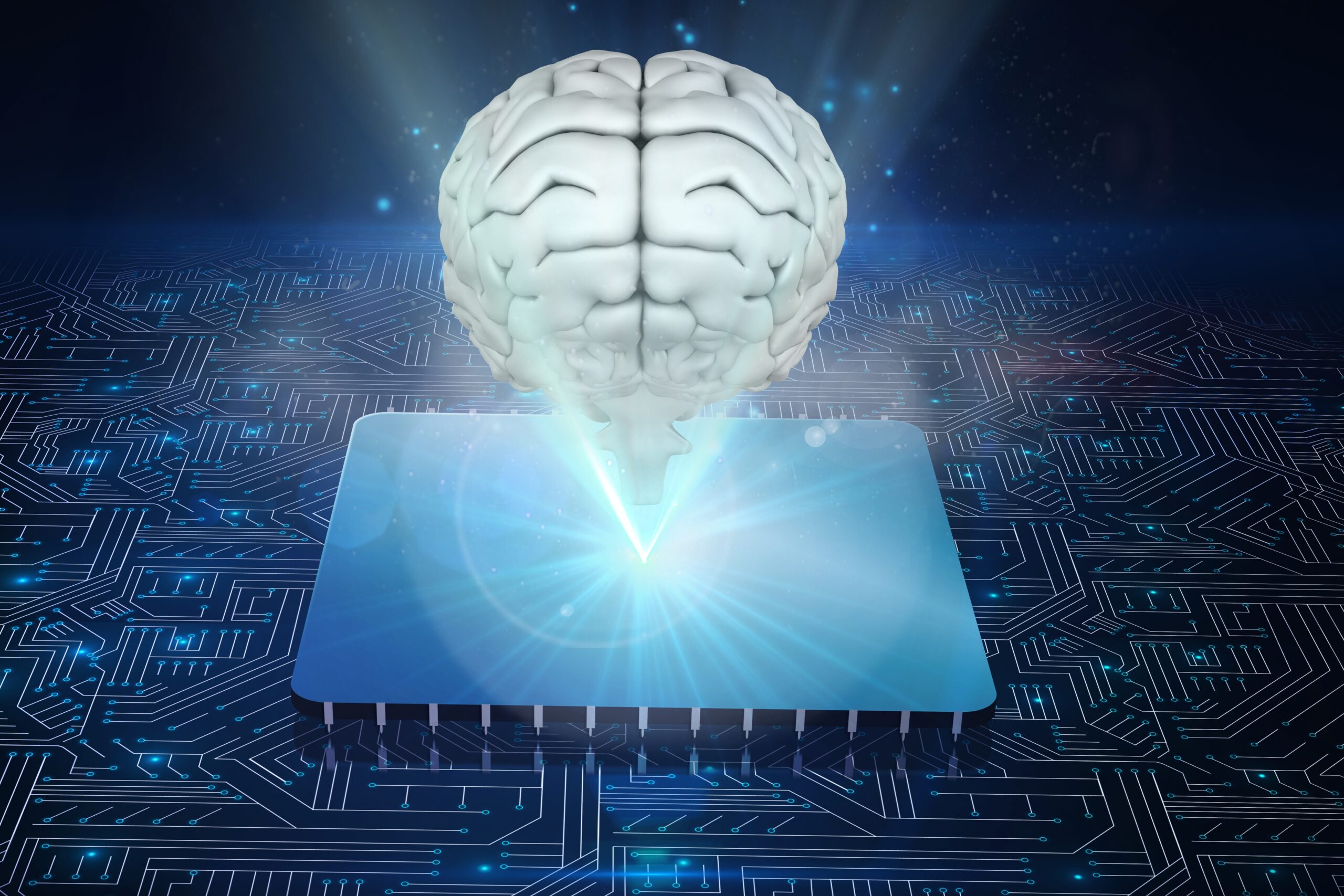Different renewable power technologies extract energy from natural processes which sustainably produce electricity while decreasing dependence on fossil fuels and decreasing pollution in the environment. This article offers a full breakdown which encompasses all renewable energy technologies including their variations and developmental changes as well as present-day difficulties and anticipated future directions.
Types of Renewable Energy Technologies
- Solar Energy
- Semiconductor materials in Photovoltaic (PV) Systems convert sunlight through direct methods to generate electricity.
- Through Concentrated Solar Power technology solar mirrors and lenses direct sunlight onto one small area where it creates steam to operate electricity-producing turbines
- Wind Energy
- Land-based wind turbines serve as installed electrical power generators which extract energy from wind movement.
- These turbines find their home in bodies of water to harness the continuous strong winds that prevail there.
- Hydropower
- Large-scale Dams act as water reservoirs that enable the release of water to power turbines for electricity generation.
- The natural water movement of rivers operates run-of-the-river systems which produce electricity while bypassing the requirement of building large reservoirs.
- Biomass Energy
- Biofuels represent a form of renewable energy powered by organic materials including plant matter together with animal waste which support transportation activities and heat generation.
- Biogas serves as a fuel product from organic matter digestion which enables heating systems and electric power generation as well as vehicle propulsion.
- Geothermal Energy.
- Power plants that extract Earth’s internal heat energy can produce electric power.
- Heat pumps obtain thermal energy from underground steady temperatures to provide heating or cooling services to buildings.
- Ocean Energy
- The power from ocean tides and sea wave movements provides energy for electrical generation through tidal technology.
- The energy from surface waves functions as the basis for creating operational power through wave energy systems.
Advancements in Renewable Energy Technologies
- Solar power electricity costs decreased by 85% throughout the period from 2010 until 2020 becoming more comparable with conventional energy sources.
- Natural progress in materials together with design innovation has upgraded solar panels and wind turbines thus boosting their energetic capability.
- Renewable energy intermittency gets minimized through the advancements in advanced battery storage systems alongside alternative energy storage systems.
- Modern advanced forecasting techniques combined with smart grid technology enable better integration of renewable energy across existing power grids.
Challenges in Renewable Energy Adoption
- The power generation from solar and wind renewable energy depends on changing weather patterns which causes inconsistent production levels.
- Effective storage methods need to be developed for energy management purposes during low renewable generation times.
- The development of infrastructure needs attention specifically for transmission and distribution networks because it enables decentralized renewable energy generation.
- The implementation of renewable projects faces delays because of conflicting rules and regulations formulated by institutions.
- The public reluctance to accept renewable energy installations develops from their opposition regarding both natural environment preservation and infrastructure aesthetics together with land utilization considerations.
Global Trends and Future Outlook
- The yearly investment in clean energy surpassed all previous records at USD 1.6 trillion during 2022 as evidence showed enhanced faith in transforming energy systems.
- Most renewable energy projects now benefit from the implementation of new floating wind turbines and advanced biofuels technologies.
- As a worldwide initiative governments established programs and rewards which encourage renewable power adoption and minimize carbon emissions levels.
- Renewable energy enables access to electric power for people who live in distant and marginalized rural areas which improves their energy availability.
Case Studies
- The entire Hyllie district in Malmö Sweden operates exclusively using renewable power retrieved from solar power and wind power combined with biogas from waste products and surplus industrial factory heat. Energy system optimization and redistribution happens through digital platforms called ectocloud together with flexible heating and cooling systems referred to as ectogrid.
- The Texas clean energy market leads USA deployment of renewable forms of energy while creating economic benefits from cheaper energy rates alongside boosted rural taxes. Clean energy project expansion faces difficulties due to recent policy uncertainties that emerged from both state and federal government initiatives.
Conclusion
Sustainable energy systems move toward a global transition because of renewable energy technologies. Rapid development together with accommodating regulations and social acceptance serves as essential factors to overcome current hurdles so renewable energy could reach its full potential. Integrating these modern technologies will help us create a cleaner and stronger sustainable energy environment which delivers fair distribution of energy resources.










